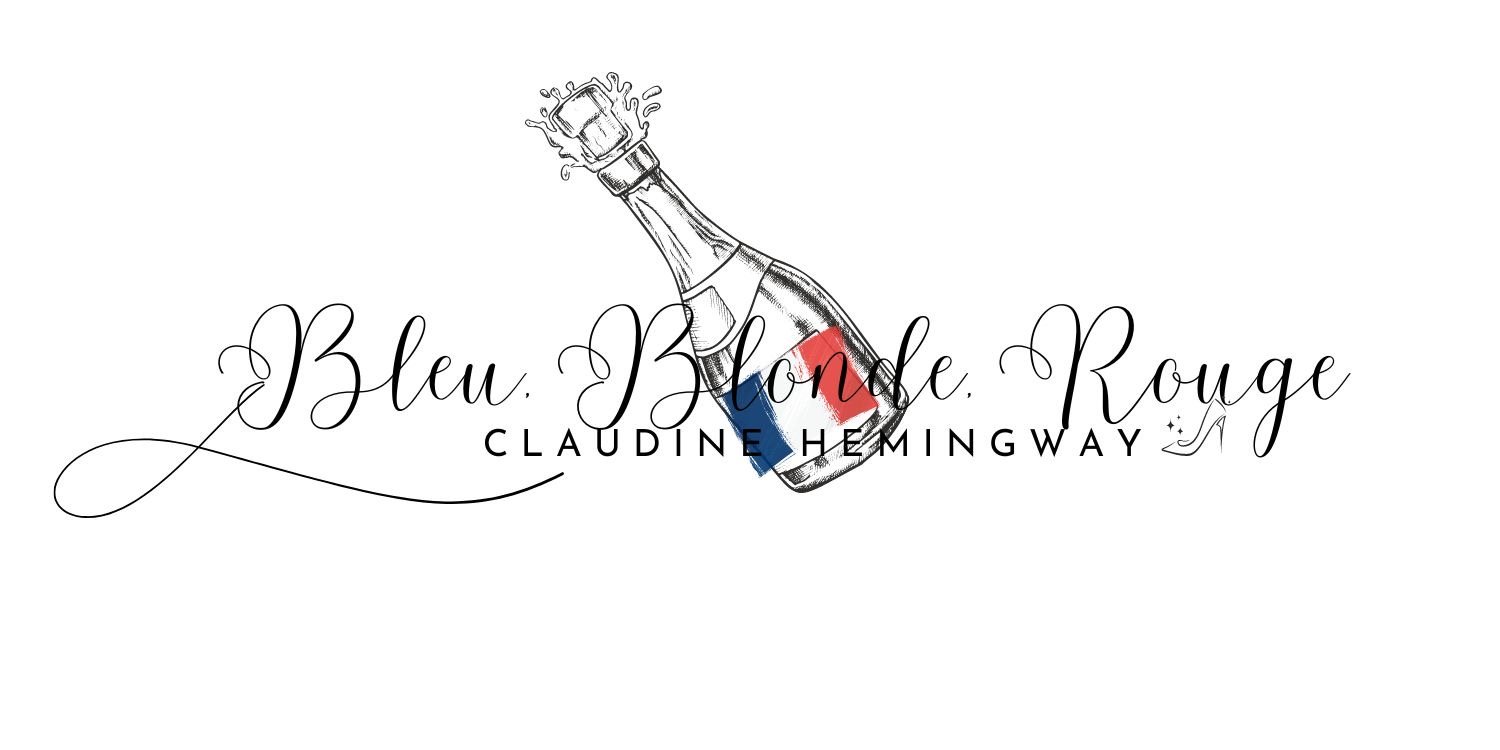On the eve of the highly anticipated *Louvre Couture* exhibit, a leaked letter dated January 13, 2025, from Louvre director Laurence des Cars to Minister of Culture Rachida Dati exposed alarming concerns about the museum’s deteriorating state. The letter detailed significant issues, including water damage, failing technical and security equipment, and malfunctioning elevators and escalators—symptoms of deeper structural neglect.
The urgency of these issues became evident in November 2023, when an exhibition dedicated to the drawings of Claude Gillot had to close just four days after opening due to a water leak in the Pavillon de Sully. More than a year later, the room remains unrepaired. Des Cars’ letter also highlighted the inadequacy of visitor facilities, including a shortage of restrooms, restaurants, and resting areas—problems exacerbated by the museum's surging attendance. Designed for four million visitors annually when I.M. Pei’s Pyramid entrance was inaugurated in 1989, the Louvre now welcomes nearly nine million guests each year, creating an overwhelming strain on infrastructure.
The Entrance Dilemma
Despite the common claim that the Louvre has only *one* entrance, alternatives exist, though they are inconsistent. The Carrousel entrance, once a well-kept secret, is now chaotic. The Richelieu entrance accommodates cardholders and large groups, while the Porte de Lions in the Denon Wing has remained closed with no set reopening date. On hot days, the Pyramid entrance turns into a greenhouse, exacerbating working conditions for staff and visitors alike—a problem only expected to worsen with climate change.
Strategic Timing of the Leak
The timing of the leaked letter was both strategic and opportune. With the successful restoration of Notre-Dame capturing global attention, Des Cars leveraged the momentum to bring focus to the Louvre’s plight. The leak on January 23, 2025, coincided with the quiet opening of the new exhibition the following morning. By midday, news spread that President Macron would visit the museum, and on January 28, he and Des Cars stood before the *Mona Lisa* to announce the *Louvre Nouvelle Renaissance* plan.
A Long-Awaited Solution for the Mona Lisa
While the announcement made headlines, discussions about the Mona Lisa’s relocation are not new. In April 2024, Des Cars confirmed that museum officials had been working on a permanent solution for the ever-growing Mona Lisa problem. However, the idea was initially proposed as early as 2022. Alongside plans to create a dedicated space for the painting, the director suggested reopening the eastern entrance overlooking Église Saint-Germain l’Auxerrois to ease congestion at the Pyramid.
The need for a new Mona Lisa space has been evident for decades. When the Grand Louvre project was conceived in the 1980s, the Louvre’s attendance was five million annually—half of today’s numbers. In 2016, another proposal was considered during renovations beneath the Pyramid, but financial and spatial constraints shelved the idea. Instead, an overhaul of the *Salle des États* was undertaken.
The issue resurfaced in 2019 during the Leonardo da Vinci exhibition marking the 500th anniversary of his death. The *Mona Lisa* remained in her usual spot, albeit with a fresh Prussian blue backdrop. However, for a brief period from July to October, she was moved to the Richelieu Wing’s *Galerie Médicis*, home to Rubens’ *Marie de Médicis* cycle. The temporary relocation provided valuable insight: while the Richelieu Wing is modern, it lacks the capacity to handle tens of thousands of daily visitors efficiently. The Louvre orchestrated a highly structured visitor flow, turning off escalators to manage queues and counting precisely how many people came solely to see the painting.
The Mona Lisa: The Original Clickbait
The *Mona Lisa* has been an icon long before the internet era, but her room is frequently labeled as a disappointment—not due to the painting itself, but because of overcrowding and visitor behavior. A 2024 study by CouponBirds analyzed 18,176 visitor reviews and found that the *Mona Lisa* ranked as the most “overrated” artwork in the world, with 37.1% expressing disappointment. Crowds were the primary grievance, with visitors often focused on selfies rather than appreciating the painting. In second place? Delacroix’s *Liberty Leading the People*—a ranking sure to ruffle feathers.
The Louvre faces a paradox: the *Mona Lisa* is its greatest draw yet also its greatest burden. While removing the barriers in 2023 created a more open viewing space, it led to a chaotic mosh pit of visitors jostling for position. Staff struggle to manage the crowds, and time limits are often ignored in favor of elaborate photoshoots.
The Future: A New Home Under the Cour Carrée
The Louvre’s *Nouvelle Renaissance* proposes a 400-million-euro project to create a new home for the *Mona Lisa* beneath the *Cour Carrée*. Currently, only a third of this area is in use. Originally, plans for an additional inverted pyramid were scrapped in the 1980s when the excavation uncovered the 12th-century moat and fortress foundations of the medieval Louvre. These remains were integrated into the museum, leaving much of the space underutilized.
On February 4, 2025, the Louvre released a conceptual video showcasing what this new space might look like. A frequently misreported aspect of the plan is the notion that visitors will have to pay extra to see the *Mona Lisa*. In reality, a separate timed-entry ticket—similar to those used for the 2019 da Vinci exhibition or Orsay’s *Van Gogh* exhibit—will regulate access. Visitors wishing to see the *Mona Lisa* will enter through a dedicated back entrance, easing congestion at the Pyramid.
The Cost of the New Renaissance
A broader pricing change is also on the horizon. Starting in January 2026, non-EU visitors may face a higher ticket price of 30 euros. This increase will help fund the *Louvre Nouvelle Renaissance* project and other long-overdue renovations.


